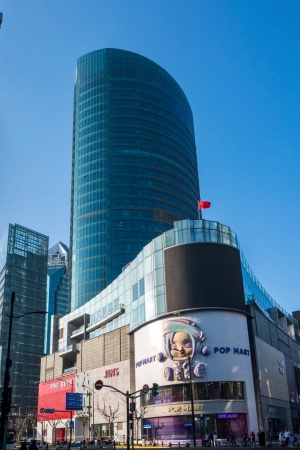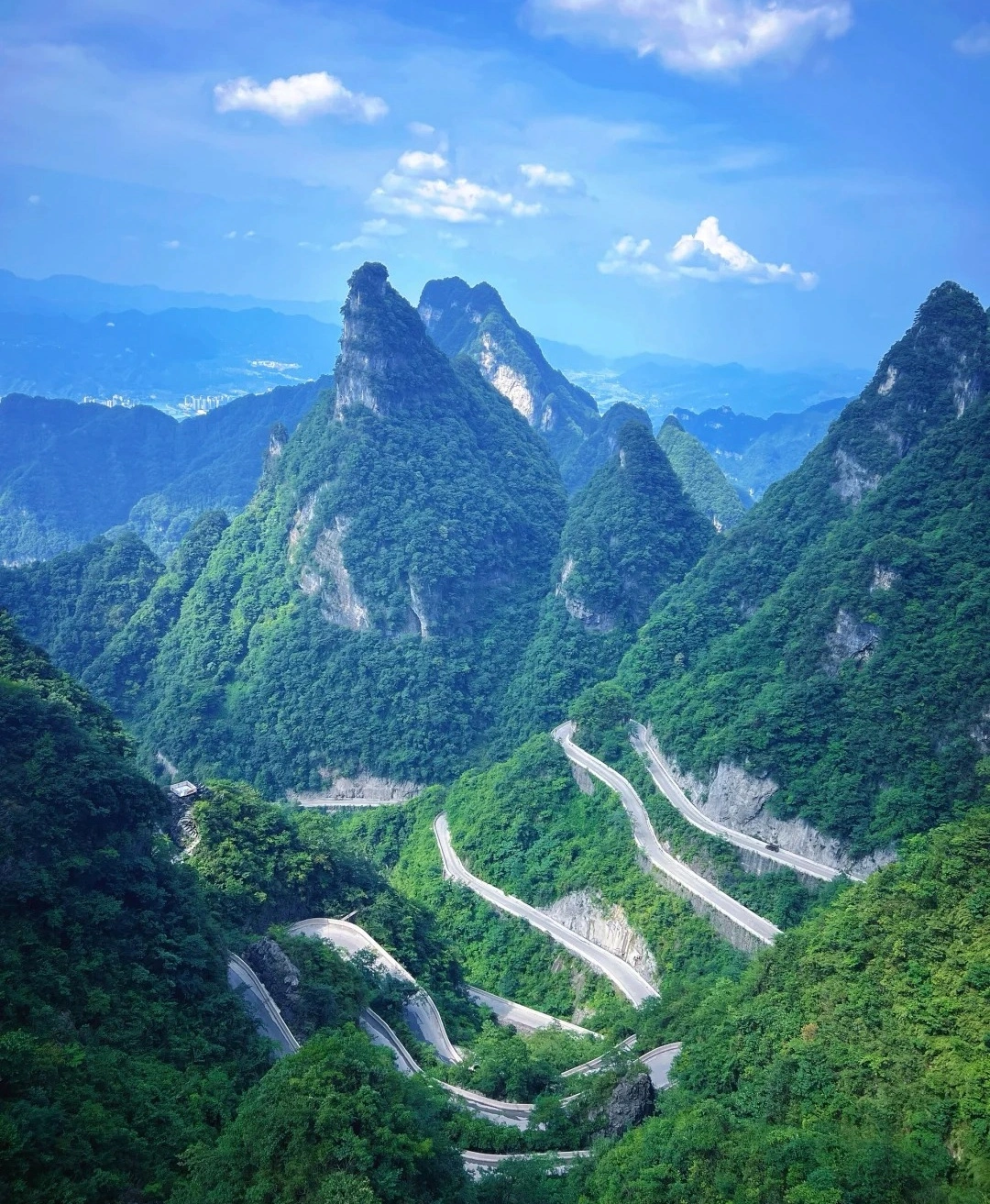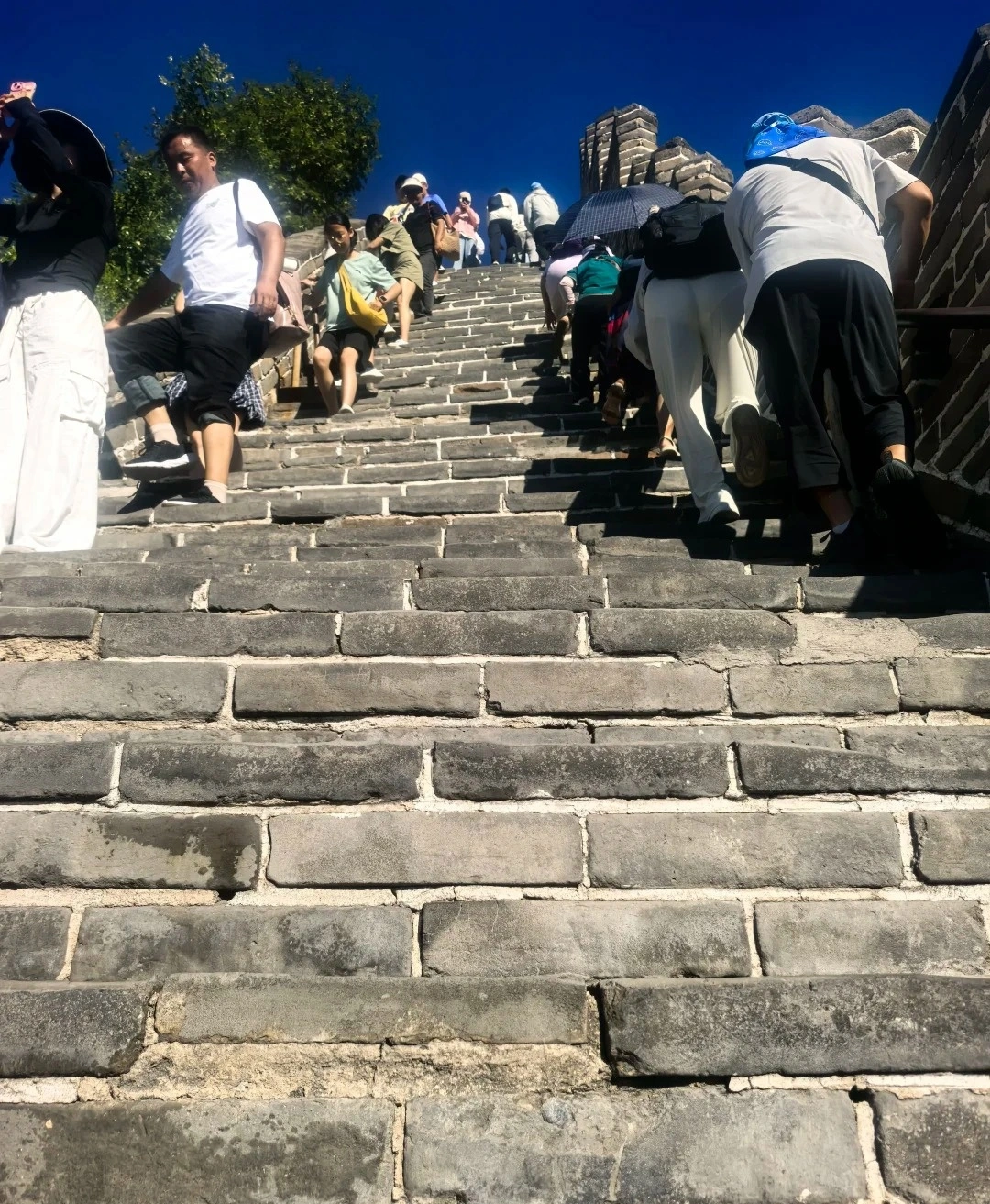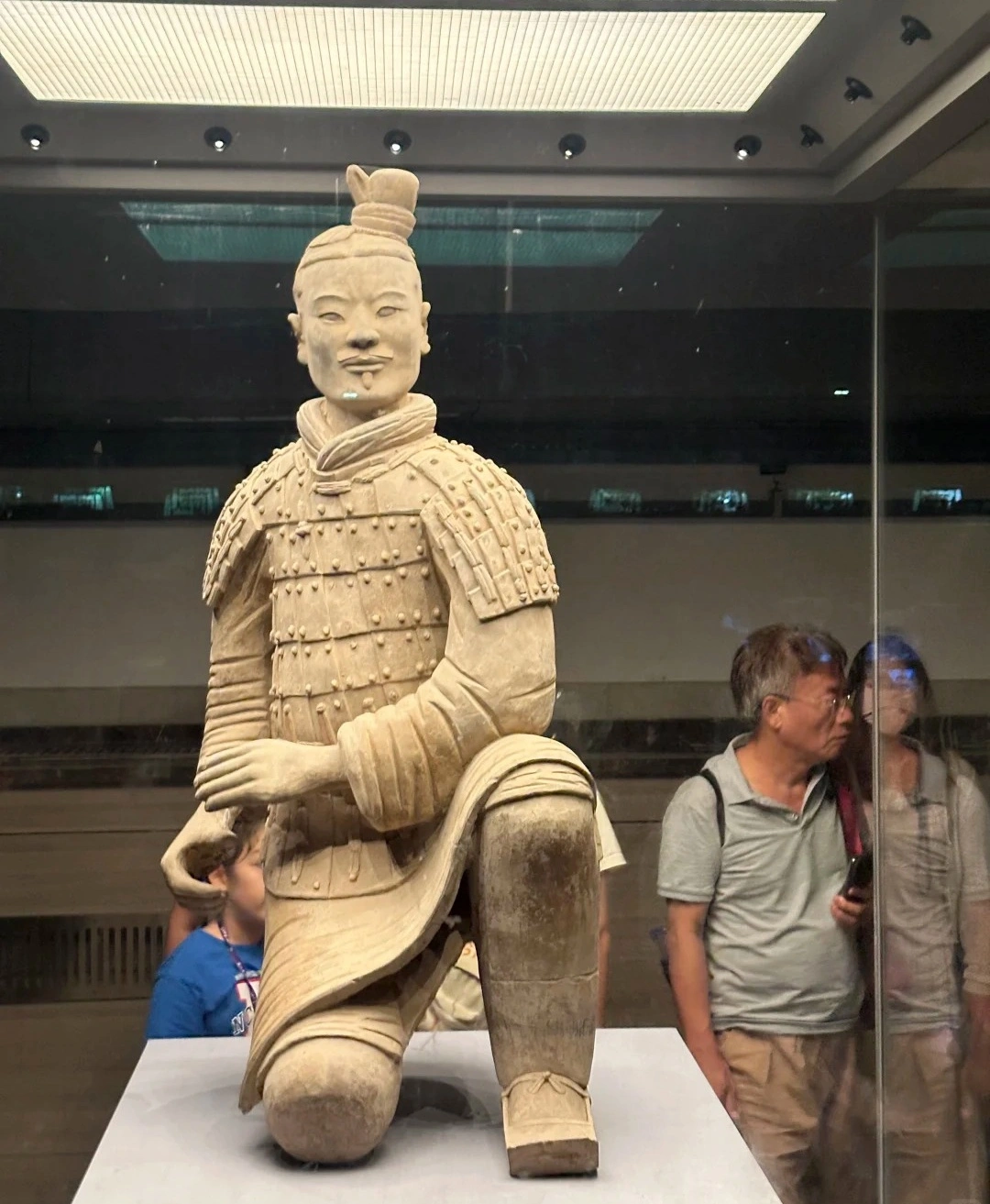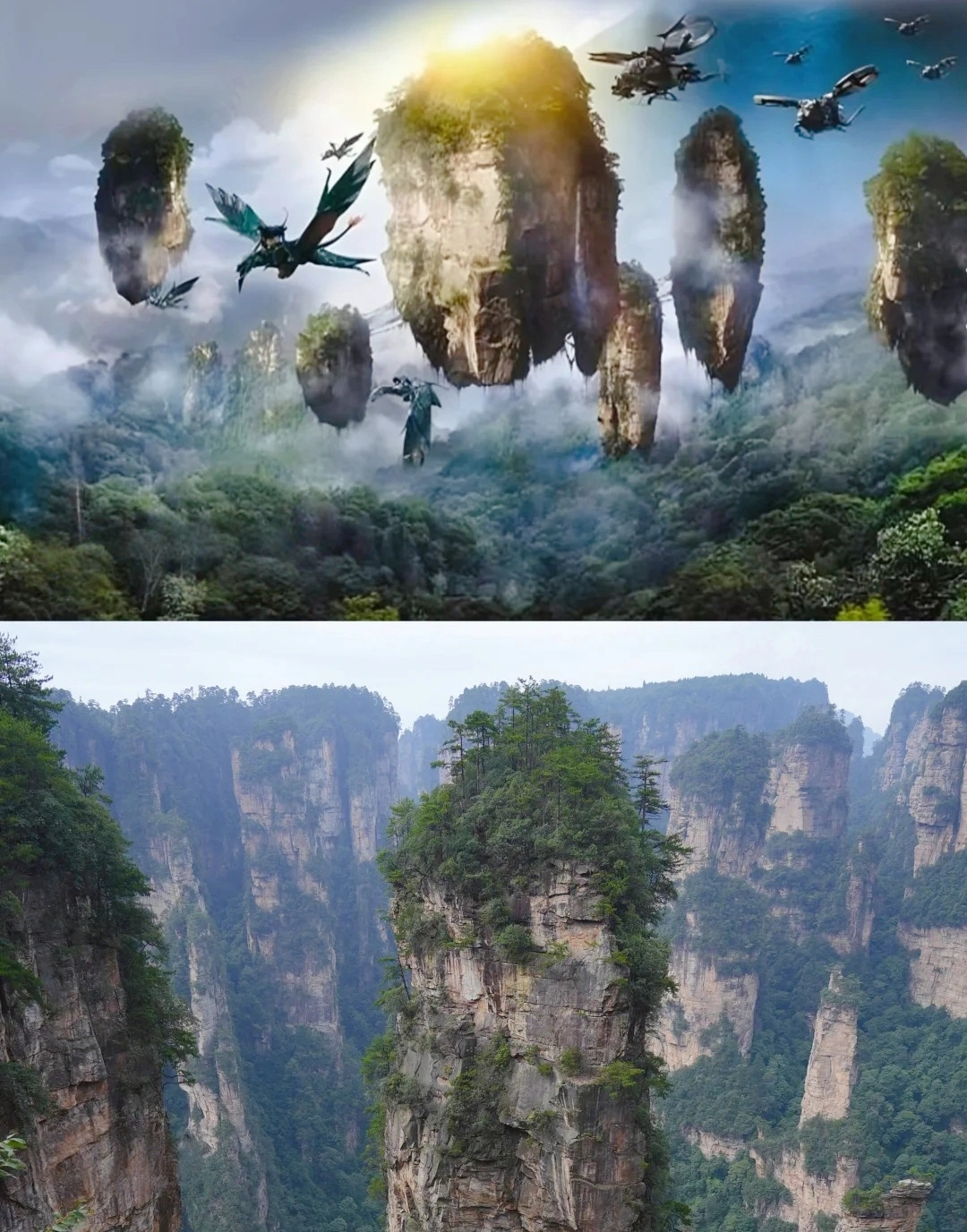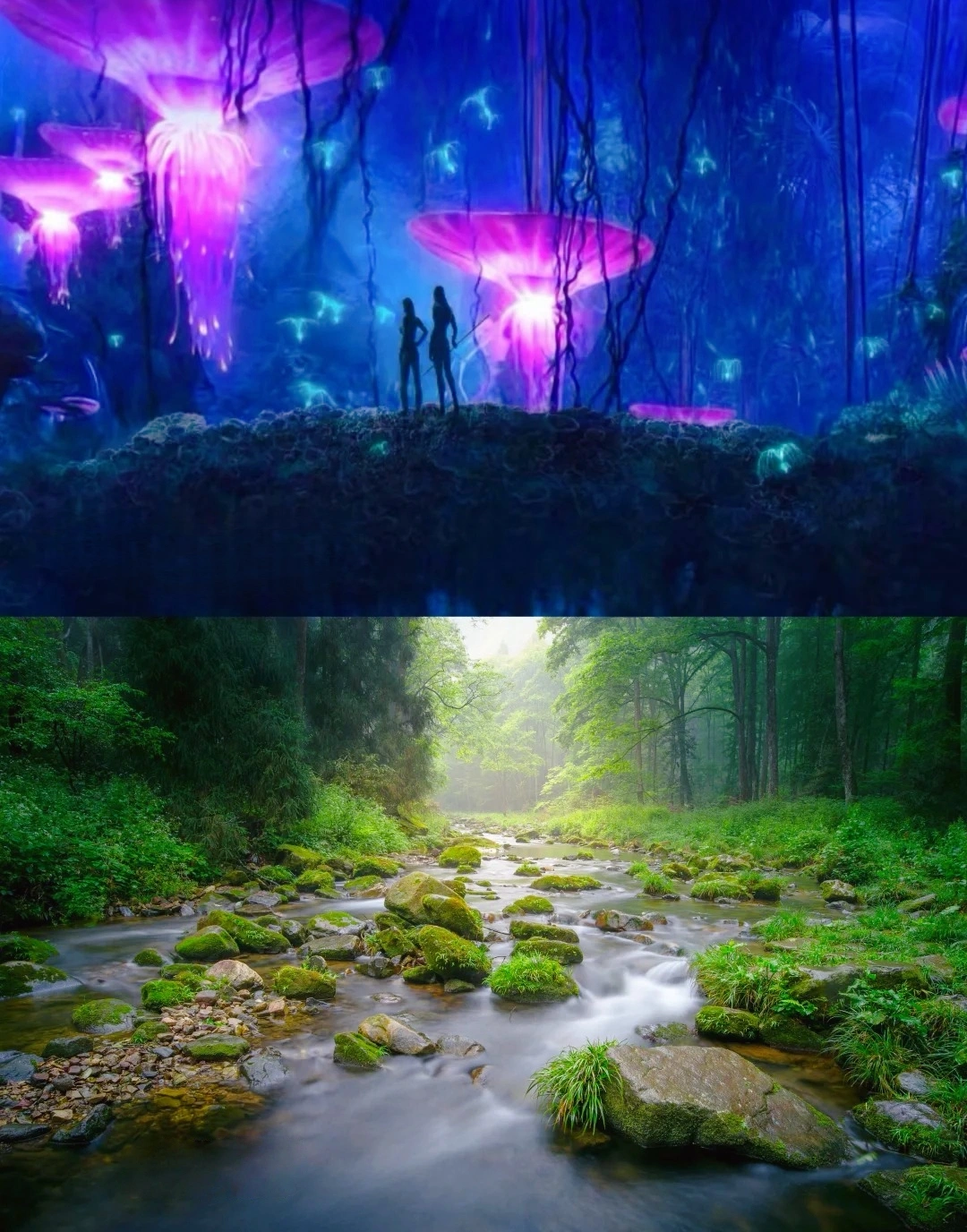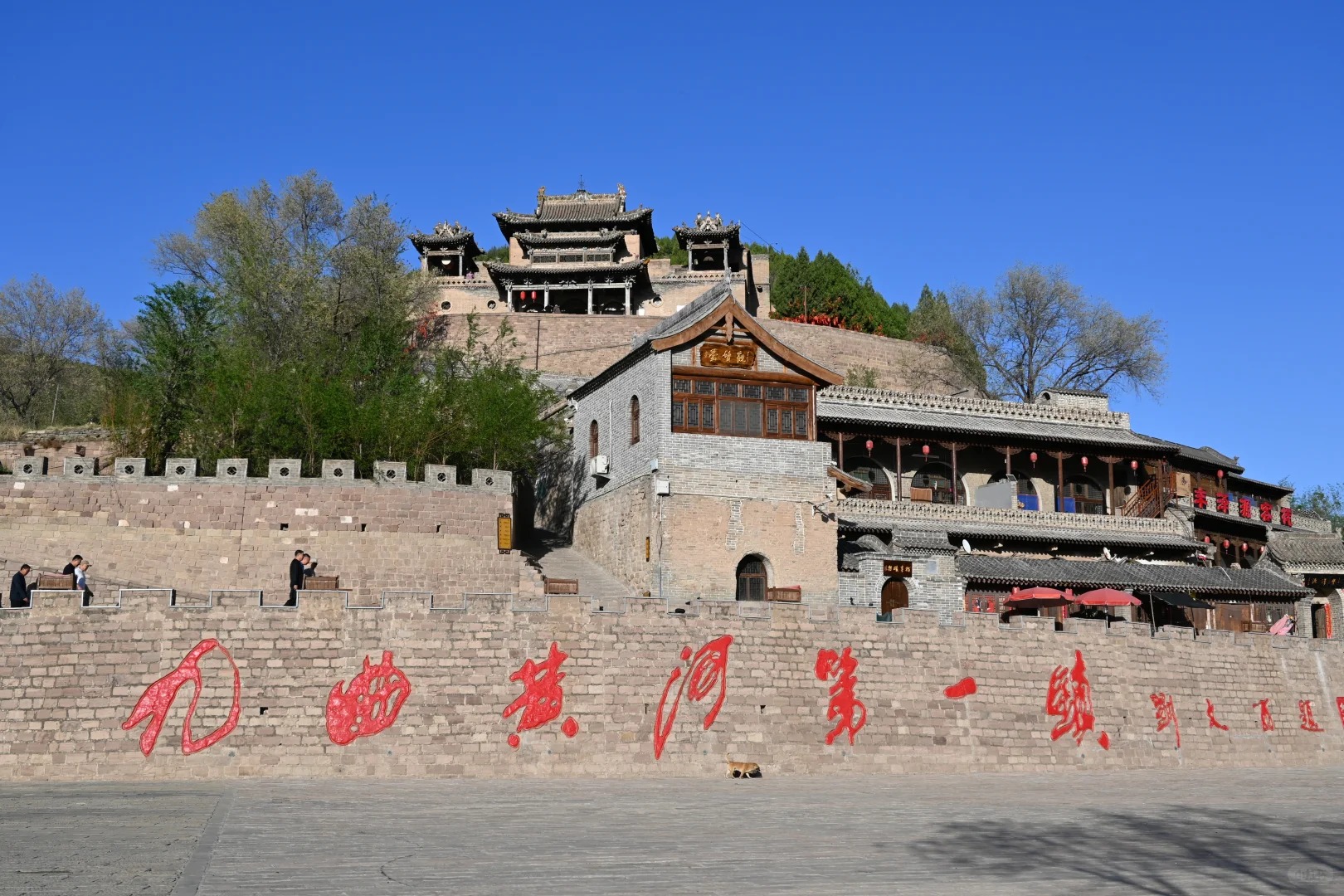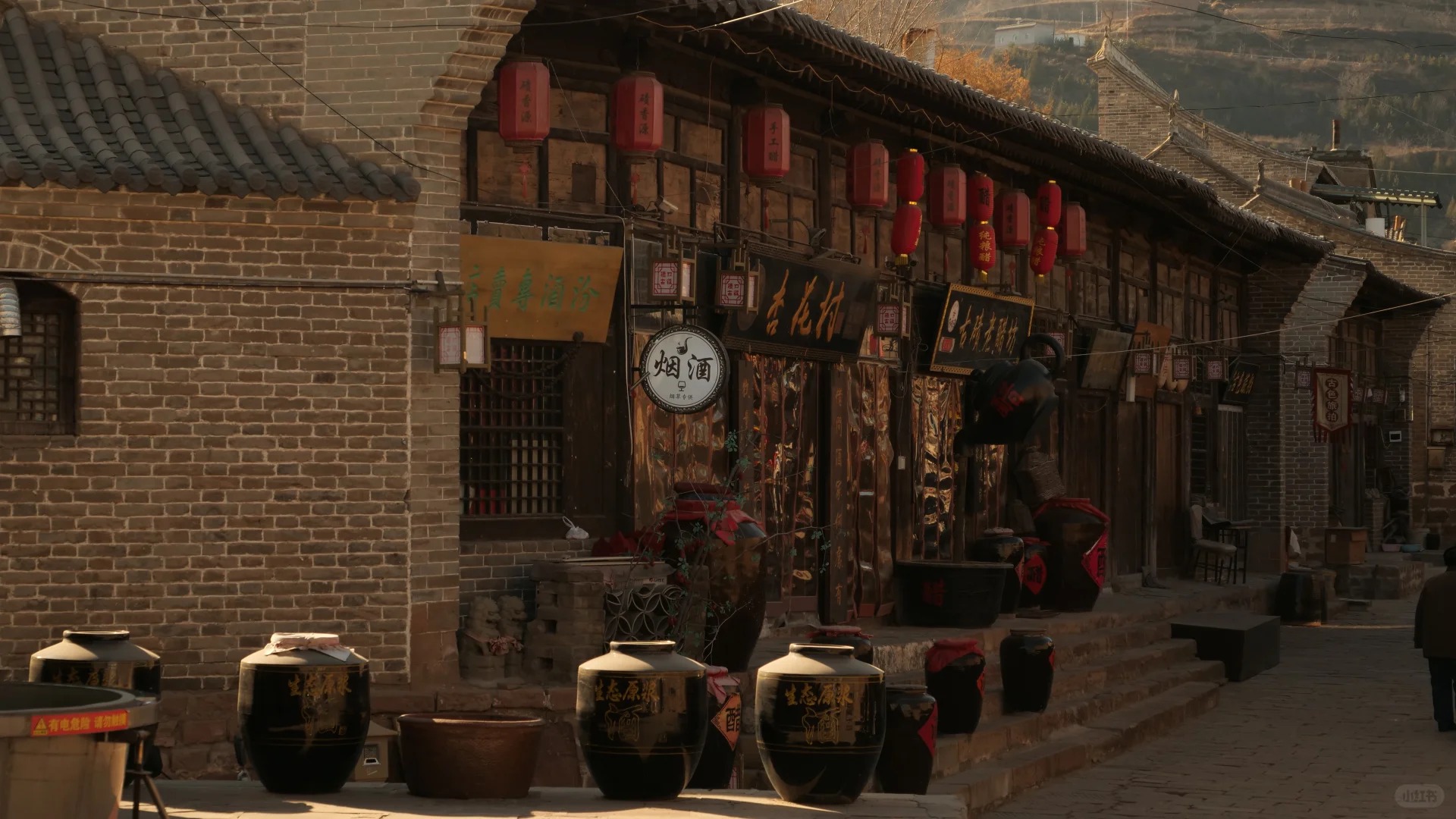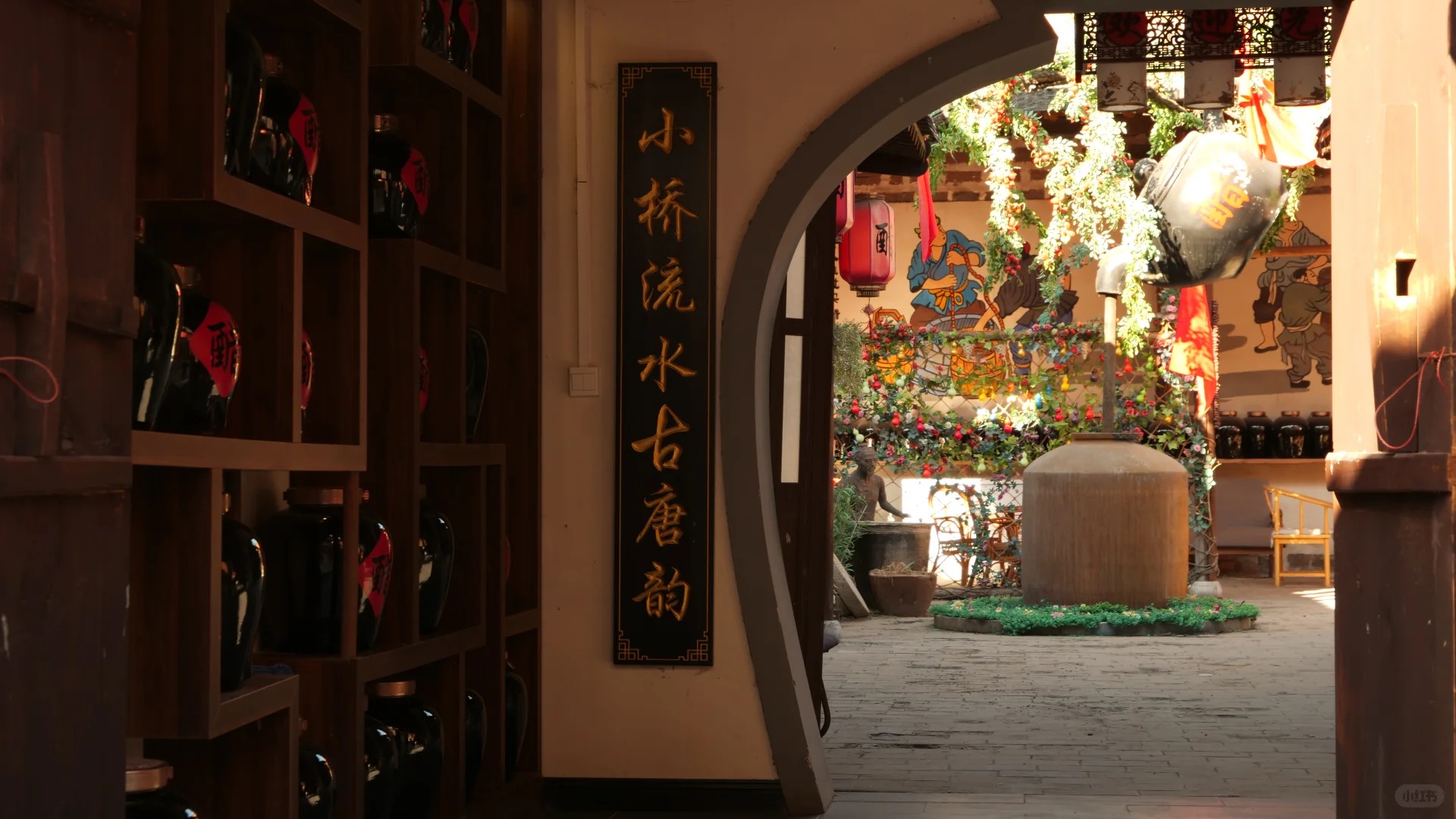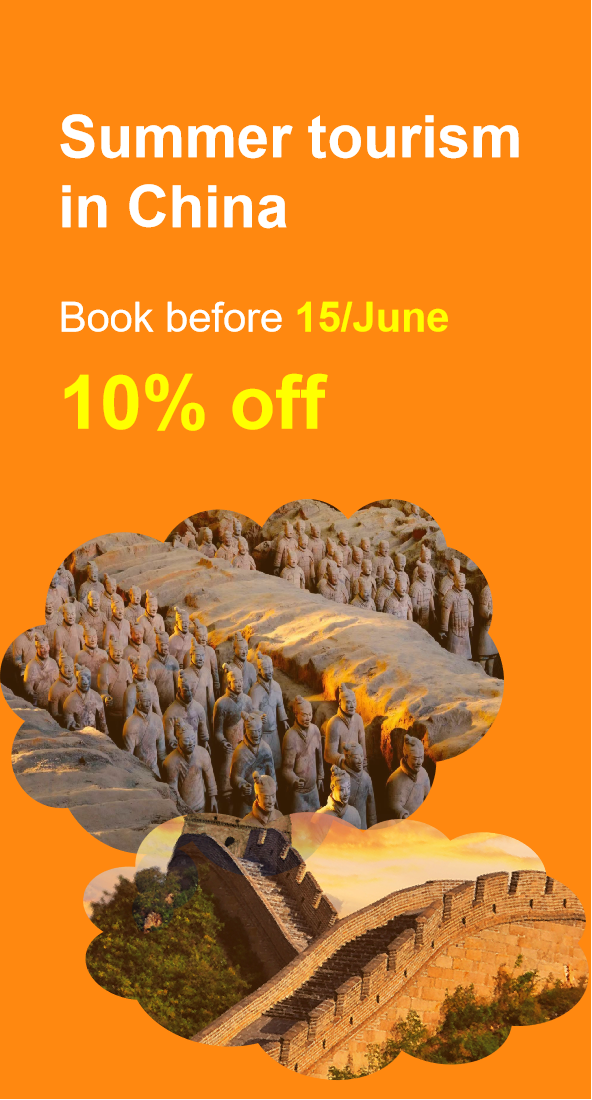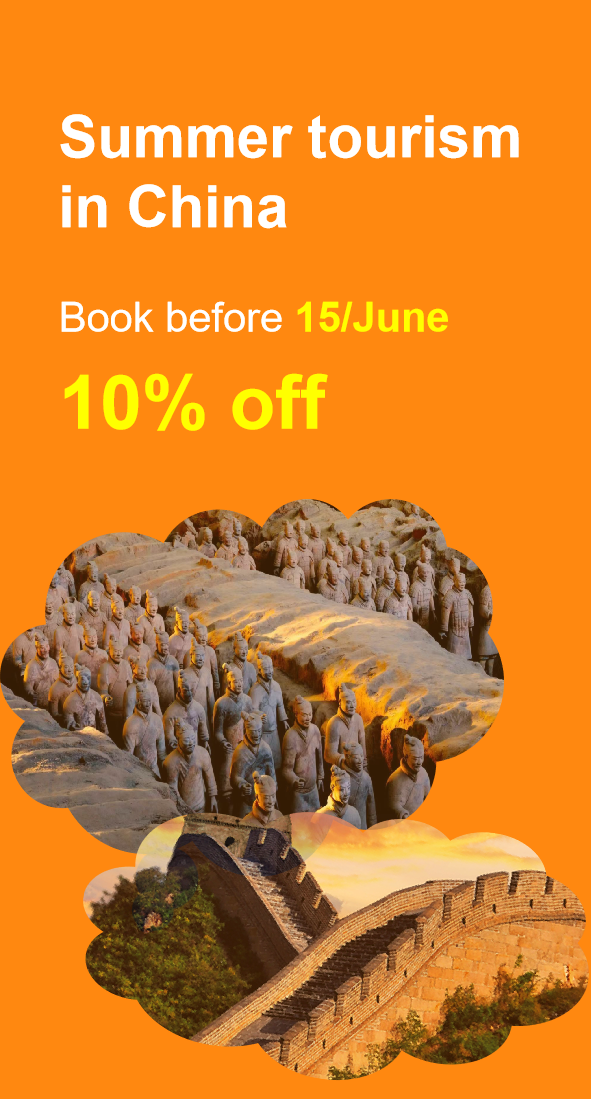Qikou Ancient Town
Historical Overview
Founded during the Qin Dynasty (221–206 BCE), Qikou rose to prominence in the Ming Dynasty (1368–1644) when it became a strategic military post and commercial port. By the Qing Dynasty (1644–1912), it was a bustling trade center, with over 380 shops and warehouses lining its streets. The town’s decline began in the early 20th century as railways replaced river transport, but its historical legacy endures through its architecture and cultural traditions. Key events include its role in the 1937 Battle of Pingxingguan and its recognition as a UNESCO World Heritage candidate site in 2012.
Structural Layout
Qikou’s layout follows a grid pattern along The Yellow River’s eastern bank, divided into three main sections:
Old Town Core: The central area features narrow alleys, stone-paved streets, and traditional courtyard houses with carved wooden facades.
Riverside District: Home to ancient wharves, warehouses, and temples dedicated to river deities, reflecting its maritime heritage.
Surrounding Villages: Scattered with terraced fields and folk dwellings, showcasing rural life in the Loess Plateau.
Key structures include the Black Dragon Temple, Merchants’ Guild Hall, and the 200-meter-long “First Street of the Yellow River,” lined with Ming-Qing era shops.
Major Attractions
- Black Dragon Temple (Heilong Temple): A Taoist temple built in 1522, famous for its intricate wooden carvings and panoramic views of the Yellow River.
- Merchants’ Guild Hall: A 17th-century complex where traders gathered, featuring ornate courtyards and a theater stage for folk performances.
- First Street of the Yellow River: A preserved commercial street with over 50 Ming-Qing shops selling local crafts, snacks, and antiques.
- Lijiashan Village: A nearby cliff-side village with 36 courtyard houses carved into the loess hills, dating back to the Ming Dynasty.
- Xiaopindou Scenic Area: A riverside park with suspension bridges, waterfalls, and hiking trails offering stunning views of the Yellow River canyon.
- Qikou Folk Museum: Displays traditional farming tools, costumes, and historical documents illustrating the town’s commercial and cultural history.
Suggested Itineraries
- Classic Route (3–4 hours):
Black Dragon Temple → Merchants’ Guild Hall → First Street of the Yellow River → Xiaopindou Scenic Area → Riverside Walk
Highlights: Key historical sites and scenic river views. - Cultural Route (5–6 hours):
Black Dragon Temple → Merchants’ Guild Hall → Qikou Folk Museum → Lijiashan Village → First Street of the Yellow River → Sunset at Xiaopindou
Highlights: Deep dive into local history, architecture, and rural life. - Adventure Route (Full Day):
Early morning hike to Lijiashan Village → Black Dragon Temple → Merchants’ Guild Hall → First Street → Boat ride on the Yellow River → Xiaopindou Scenic Area → Evening folk performance
Highlights: Combines hiking, cultural exploration, and river activities.
Ticket Purchase
- On-Site: Purchase tickets at major attractions (e.g., Black Dragon Temple: ¥30, Merchants’ Guild Hall: ¥20).
- Combo Tickets: Available for multiple sites (e.g., ¥60 for 4 major attractions).
- Discounts: Students/seniors: 50% off; children under 1.2m: free.
- Tips: Buy tickets early to avoid crowds; some smaller sites may only accept cash.
Transportation
- By Bus: From Taiyuan (Shanxi’s capital), take a 3-hour bus to Lishi District, then transfer to a local bus to Qikou (1 hour).
- By Taxi/Private Car: Direct ride from Taiyuan to Qikou (≈4 hours, ¥500–800).
- By Train: Take a train to Lishi Station, then a 1.5-hour bus to Qikou.
- Local Transport: Electric carts (¥10–20 per person) connect major attractions within the town.
Best Time & Tips
- Best Season: spring (April–June) and autumn (September–October) for mild weather and fewer crowds.
- Avoid Peak Hours: Morning (9–11 AM) and late afternoon (3–5 PM) are busiest; visit early or late in the day.
- Essentials:
- Wear sturdy shoes for cobblestone streets and hiking trails.
- Bring sunscreen, a hat, and water (limited shade in summer).
- Try local specialties like Qikou fried cake and Yellow River fish.
- Respect local customs; ask permission before photographing residents.
- Prohibited: Smoking in historical sites and littering in natural areas.
Contact Us
What Our Clients Say?
Based on 10,000+ traveler reviews
